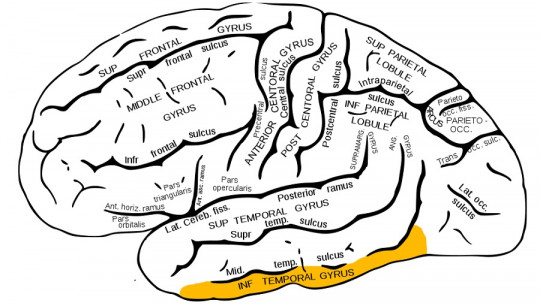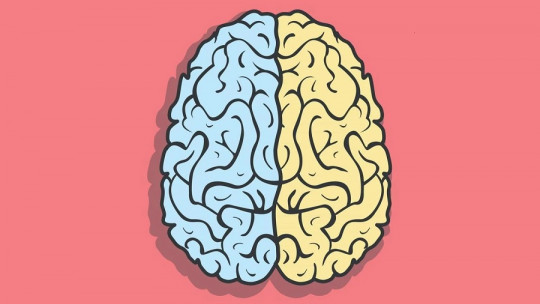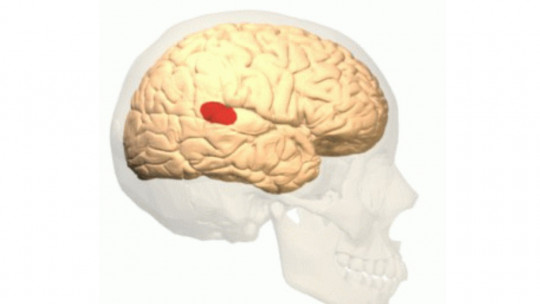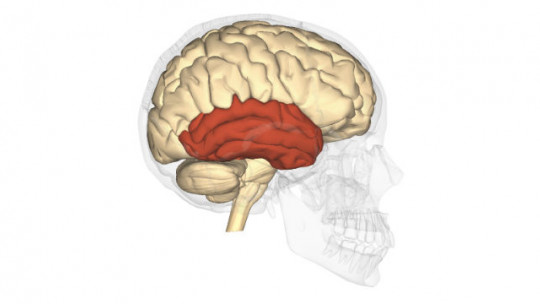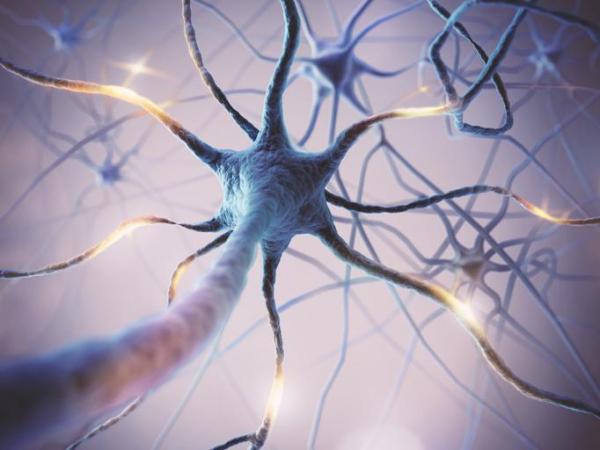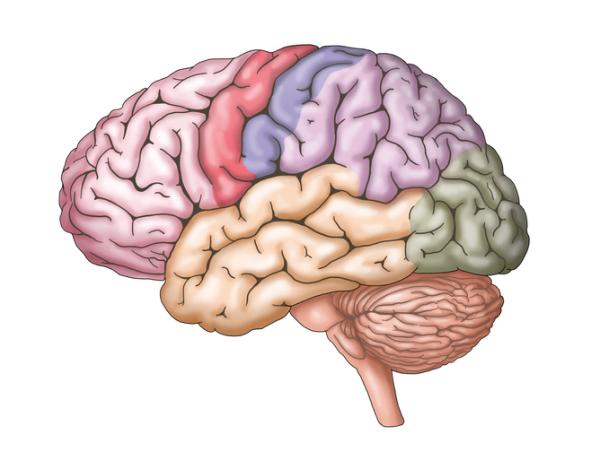The temporal lobe is a part of the brain responsible for many functions related to hearing and language. It also performs important visual tasks, in addition to regulating emotions. Do you want to know every detail of the temporal lobe? Like, for example, what the left temporal lobe controls or what the functions of the right temporal lobe are. In this PsychologyFor article, we will talk about the functions, areas and characteristics of the temporal lobe and also about lesions that can occur.
What is the temporal lobe
The lobes are in the right and left hemispheres of the brain. So, each side of our brain has four lobes, they are: frontal lobe, temporal lobe, parietal lobe and occipital lobe.
The temporal lobe is the second largest structure in the brain , the first is the frontal lobe. It occupies approximately a quarter of the cerebral cortex.
Another of the most important characteristics of the temporal lobe is that it establishes connections with the limbic system. But what is the limbic system? It is a system that is responsible for emotions and social behaviors, it is directly related to the affective nature of sensory perceptions.
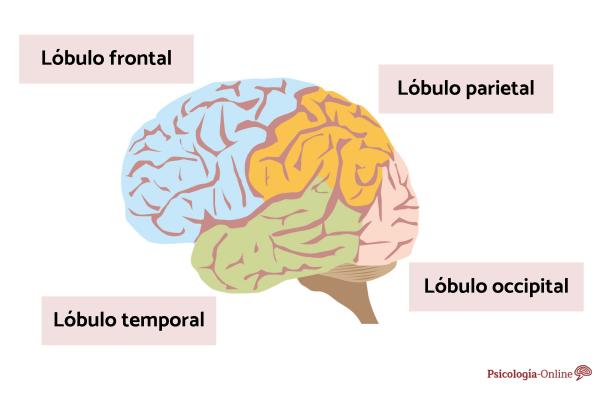
Temporal lobe function
The temporal lobe is located on the sides of the head , behind the front. What is the function of the temporal lobe? His fundamental skills are:
- Memory
- Recognition
- Affectivity
The temporal lobes are the regions of the brain responsible for receiving and regulating sensory stimuli, language, memory, and smell information.
They are also responsible for the ability that people have to recognize objects and faces, emotions, attention, part of learning, affection, reading and writing.
The temporal lobe is located in a region that also contains the primary hearing cortex of the brain. Therefore, it is capable of managing auditory language and speech understanding systems.
Temporal lobe areas
The temporal lobe is one of the parts of the brain and is divided into different areas. Next, we will see what the areas of the temporal lobe are and what each part of the temporal lobe controls:
auditory cortex
- Work on the audition process
- Perceive sounds
- Performs encoding, decoding and interpretation of auditory information
medial temporal
- Participate in memory and recognition
- Processes information and helps move from short-term memory to long-term memory
- The left hemisphere is responsible for verbal information
- The right hemisphere stores visual patterns
Association area:
- It intervenes in perceptions, memory and feelings
- Participate in memory and learning
- Regulation of sexual behavior
- Maintaining emotional stability
Supramarginal gyrus
- Participate in tactile recognition
- Participate in language
- Ability to make the individual recognize the relief of letters using the fingers and associate them with sounds
angular rotation
- Allows the association of visual information with auditory information
- It allows producing a change in the type of data with which the brain works
Wernicke area
- Language processing and understanding
- Allows verbal communication between individuals
In the following article, you will find more information about the Wernicke Area, its location and functions.
temporal sulcus cortex
- Work on auditory and visual information
Temporal lobe injuries
Lesions that can occur in the temporal lobe and produce a series of symptoms related to its functions are:
- stroke
- Tumors
- Craniocerebral trauma
- Damage to the cerebral cortex affecting the temporal lobe
- Specific neurological disorders
What happens if the temporal lobe is damaged? The consequences of these injuries are the following:
- Deafness
- Hearing problems
- auditory hallucinations
- Memory loss
- Personality changes
- motor apraxia
- Deficit in response to sensory stimuli
- Wernicke’s aphasia
- Learning Disturbances
- Reading impairment: in people with injuries to the angular gyrus, reading is usually affected, being very slow or non-existent.
Temporal lobe seizures
We can mention seizures of the temporal lobe, also named focal seizures with altered consciousness It is called this because some people are still aware of what is happening, although during more intense seizures, they may appear aware, but they are not.
The temporal lobes process emotions and are important for short-term memory, so some temporal lobe seizure symptoms may be related to these functions.
The causes of these seizures are still unknown, but studies indicate that they may be due to a anatomical defect or a scar in the temporal lobe
Such temporal lobe seizures are treated with medication. And, for individuals who do not respond to medication, surgery may be an alternative.
Temporal lobe epilepsy
We can also mention temporal lobe epilepsy, which usually begins around 10 years of age until adolescence, but can develop at any age as long as there is aStructural sion in the temporal lobe.
Focal seizures occur in temporal lobe epilepsy:
- If the individual remains conscious during the seizure, then it is called conscious focal seizure
- Similarly, if the individual loses consciousness during the crisis, it is called Focal crisis with altered consciousness. These crises are described as a special sensation or experience, including sensations of having previously experienced the current situation, a smell, taste, sound or vision, an emotion, nausea or a feeling of elevation in the abdomen. The individual who presents an alteration of consciousness in the crisis may stare blankly or rub his hands.
Temporal lobe epilepsy can be caused by infections, injuries and brain tumors well as genetic factors or changes in brain structure It can be diagnosed with a blood test, an electroencephalogram, or imaging techniques.
This article is merely informative, at PsychologyFor we do not have the power to make a diagnosis or recommend a treatment. We invite you to go to a psychologist to treat your particular case.
If you want to read more articles similar to Temporal lobe: function, areas, characteristics and lesions we recommend that you enter our Neurosciences category.
Bibliography
- Harry, MDTC, (2017). Temporal lobe epilepsy. Retrieved from: https://kidshealth.org/es/parents/temporal-lobe-epilepsy.html
- Pérez, J., Martí, A., Herrera, M., Bottan, J., Burneo, J. (2020). Temporal lobe plus epilepsy: review. Recovered from: https://www.neurologia.com/articulo/2020339

